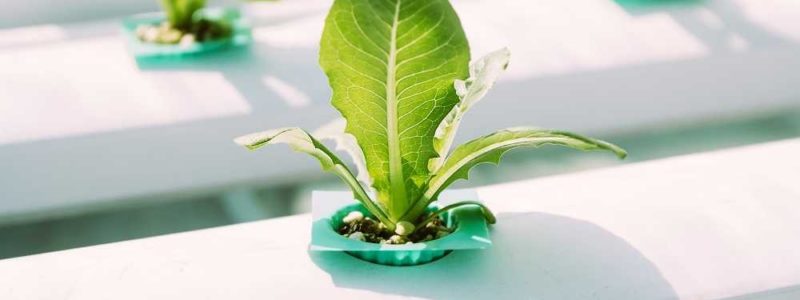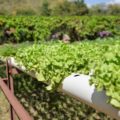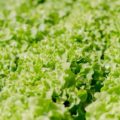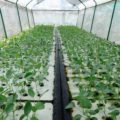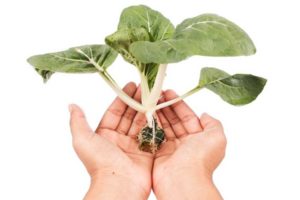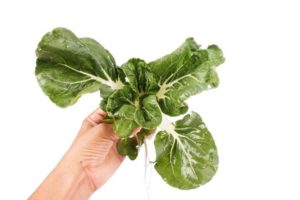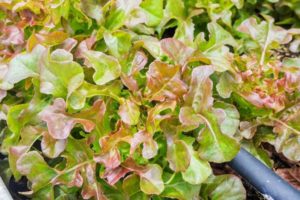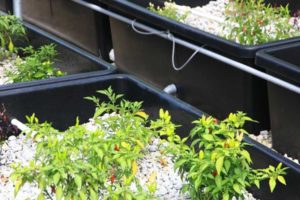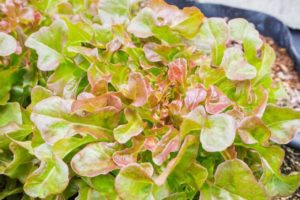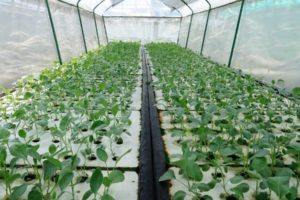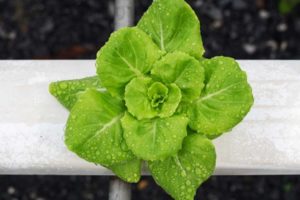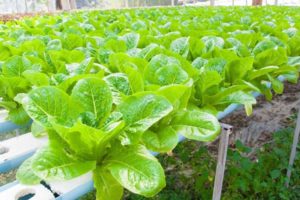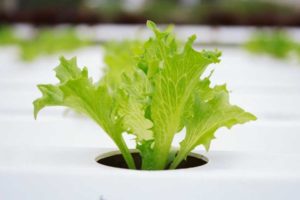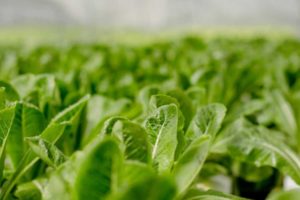Aquaponic systems use components and techniques adapted from both aquaculture and hydroponics. The system consists of fish tanks, which are from the aquaculture method. On the other hand, the component adapted from hydroponics is the use of grow beds.
The grow bed is the most vital part of an aquaponic system because it acts as the house for your plants and vegetables. The performance of the whole setup is dependent on the quality of your grow beds because they also act as the foundation of the system.
When water runs through your grow beds, the nutrients get absorbed by the plants, undergoing a filtration process. When the water returns, it is clean and ready for another cycle.
Sounds familiar? It’s actually the nitrogen cycle, and the grow beds are the bio-filters. That is why it is very important to make sure that your grow beds are in good shape.
Ratio
An effective aquaponic system must have balanced elements. Before setting up, you must understand the proper ratio — how many fish tanks per grow bed? For beginners, it’s fine to start with one grow bed for one fish tank. This will provide enough filtration.
If you already have some experience and would like to expand to a bigger tank, you can incorporate two grow beds. Just remember that the volume of the grow bed must be equal to the fish tank’s total volume.
Materials and Specifications
Almost anything can be converted into a grow bed, but of course there are critical measures and specifications you have to consider.
Grow beds should be safe to use and must be absolutely waterproof. Examples of suggested materials are specific plastics, fiberglass, wood and any material with a waterproof lining. Concrete must be sealed carefully if used.
The material for a grow bed should not let unwanted chemicals leak. Leaks like this will affect the pH of the water. To ensure that your system is watertight, you can use rubber gaskets.
Food containers and wooden boxes are okay for small set-ups. For medium systems, you can use animal feed troughs or something similar. There are also commercially available grow beds for aquaponics for those who are not into D-I-Y.
The material should block out direct sunlight to avoid algae growth and root damage. It should be non-toxic and safe because the grow beds will house the plants and bacteria. Outdoor set ups have to be UV stabilized to avoid degradation and chemical leaks.
The grow bed should be strong enough to hold the weight of the growth medium and the plants. Remember that there will be additional force and pressure from the expansion of roots and the filling and draining of water.
The depth of the grow bed must be deep enough for the growing plants and also for filtration. The usual industry standard is about 12 inches deep.
However, even though this depth is already proven to be effective, you can still keep trying out different depths as long as there is enough volume for filtration.
Deeper or shallower grow beds may prove to be just as successful. The basic advantage for deeper grow beds is that they do not have to be cleaned out as often because the fish waste breaks down naturally as it moves to the bottom.
Filtration Types
The grow bed should be filled with a growing medium like gravel. The growing medium acts as a support for the plants and roots. It also has three filtering functions that are necessary in an aquaponic system.
The medium filters the solid waste from the wish and traps them in the grow bed’s bottom. It also helps in breaking down the solid waste and returning it to the water for the plants to use.
This process is called mineralization. And lastly, it provides a wide space for the colony of good bacteria.
The fact that all these functions are performed by this simple system is amazing. It is very easy and it saves space and money as well.
It’s okay to focus on the physical design of your system but don’t forget the function that a grow bed is supposed to perform, so prioritize function before aesthetics.
Don’t be pressured into setting up a specific type of system or choosing a specific type of growth medium. You can experiment and be creative but don’t forget to plan carefully!
You don’t have to spend a ton of money to create the ideal aquaponic system for your household. In fact, you can start looking for materials that you can recycle from the start.
As long as the functions are performed well and as long as you follow the guidelines and principles, you will have no problem with your aquaponic system. Have fun growing your edible garden!

